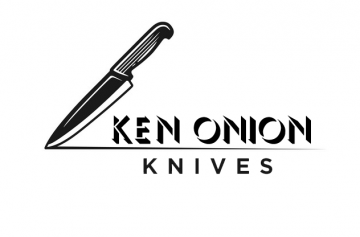
If you’re looking to get into knife making but aren’t ready to drop a lot of cash, scrap metal is an inexpensive way to start. But you’ll need to find the right kind of metal and know how to treat it properly.
The best metals for knife-making are hard but not brittle and will hold an edge. You can determine this by testing the carbon content with a spark test.
Steel Files
Using scrap metals to make knives is a great way to save money and add personality to your blade. However, it is important to choose the right metals when making your knife.
One of the best scrap metals for knife making is steel files. They are very durable and can hold an edge well.
You can find steel files at a variety of different locations. Some of the more common places to look for them include junkyards and dump sites.
Another place to check is your local lumberyards. Many times they will throw away old chainsaws that are no longer in use.
Once you have found a good piece of metal, you can anneal it to soften it and shape it into a blade. After the annealing process, you can heat-treat your steel file to enhance its hardness and increase its service life.
Leaf Springs
Leaf springs are a great source of steel to make a knife from. They are usually made from a low alloy steel called 5160 that is known for its toughness and resiliency.
You can use a forge to heat the steel up to a red-orange color and pound it flat with a smith’s hammer. This will help you to shape the blade.
If you are just starting out and don’t have a forge, try using an oxy-acetylene torch or even a hot bon fire. Just be careful that you don’t overheat the blade or it may melt.
Another important aspect of making a blade from a leaf spring is testing the steel. Typically the best way to test is to perform a spark test.
Railroad Spikes
Railroad spikes are a crucial part of rail fastening systems. They are also very popular tools for blacksmiths, and can be used to make a variety of different items.
To make a knife from railroad spikes, you will need to heat the metal and hammer it until it is forged into the shape you want. Depending on the composition of the material, this can take anywhere from three to fifteen minutes per spike.
Then, you will need to reshape the blade and grind it down so it is sharp. You can do this by hand or using a power hammer.
A railroad spike is a very practical metal for making knives from, since it is strong and tough. However, it is not very good at holding an edge, and can be difficult to forge into a blade. So, if you are looking to forge a knife from railroad spikes, it is recommended to use a higher carbon steel.
Scrap Steel
Scrap steel is a good option for making knives. It is usually less expensive than buying new steel, and can be found from construction projects, old appliances, and cars.
Depending on your skill level, you can make a knife from scratch using basic tools and a few simple heat treating techniques. It will take a bit of time and effort, but you can create a functional blade from scrap steel without having to pay a fortune for it.
The first step is to test the steel you’re working with. Simply heat it to a high temperature and then quench it in water.
When you’re sure that the piece is hard enough to hold an edge, place it in a vice and hammer it. If the steel bends it’s probably low carbon steel, if it breaks cleanly it’s high carbon steel.
Historical smiths often forged knives with steel that had no specified number or ingredient list. These reclaimed pieces can be difficult to interpret, but with some basic testing procedures and careful observation, they can be assessed to determine their suitability for making knives.
